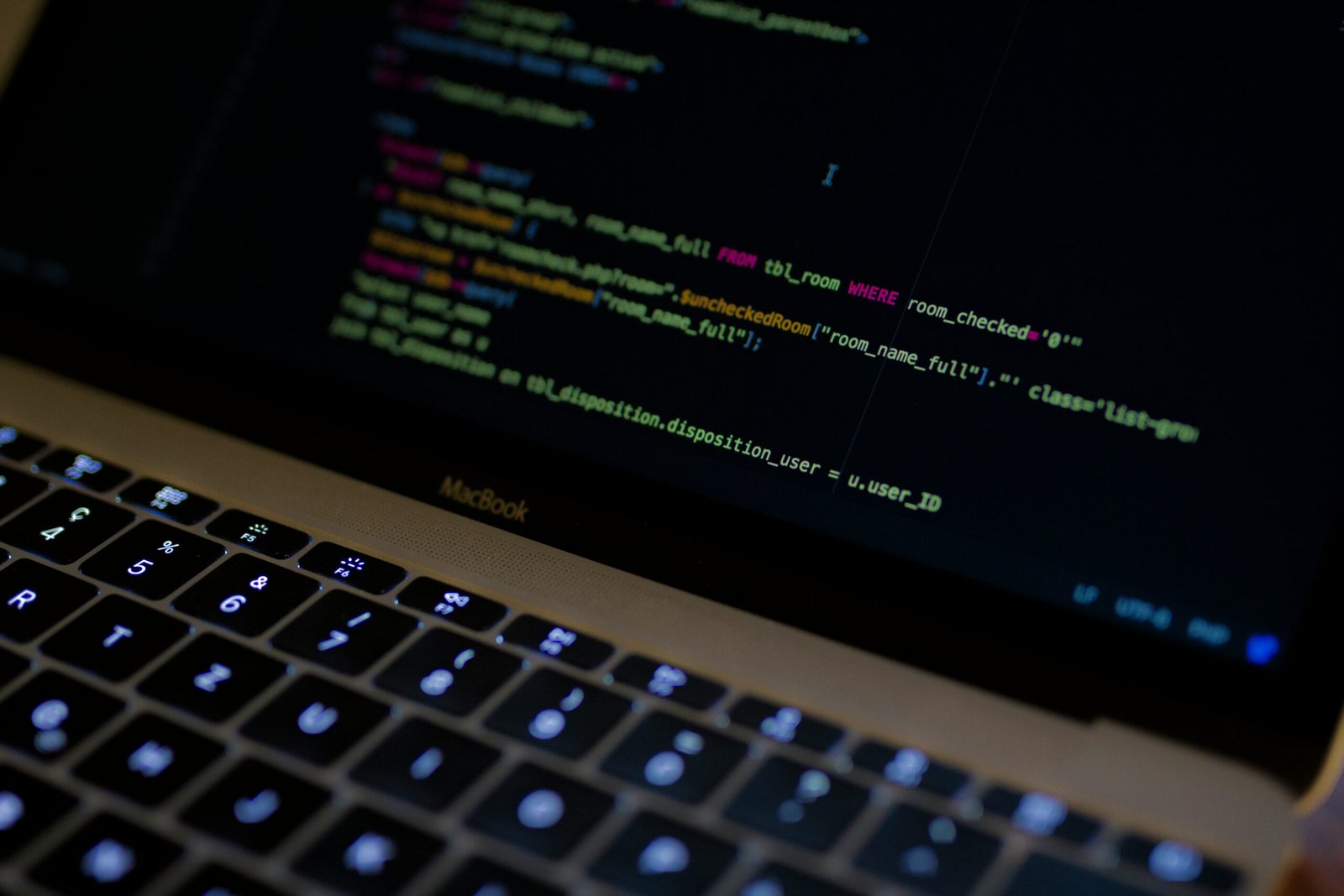What is Blockchain? Explained
In the digital age, where data security and trust are paramount, blockchain has emerged as a transformative technology with the potential to revolutionize various industries. Blockchain is more than just the technology behind cryptocurrencies; it is a decentralized, transparent, and tamper-proof system that offers unparalleled security and immutability. In this blog, we unravel the concept of blockchain and its implications across diverse sectors, paving the way for a more secure and transparent future.
Understanding Blockchain
At its core, blockchain is a digital ledger or database that records transactions across a network of computers in a secure, transparent, and verifiable manner. Instead of a central authority controlling the data, blockchain operates as a decentralized and distributed system. Each block in the chain contains a group of transactions, and once a block is added to the chain, it cannot be altered, ensuring the integrity of the data.
Key Components of Blockchain
- Decentralization: Unlike traditional centralized databases, blockchain is decentralized, meaning it is not controlled by a single entity or authority. Instead, it operates on a peer-to-peer network, where all participating nodes have access to the same information.
- Transparency: Every transaction recorded on the blockchain is visible to all participants, enhancing transparency and accountability. Anyone can view the transaction history, making it a trustworthy system.
- Immutability: Once a block is added to the blockchain, it becomes virtually impossible to alter the information within it. The blocks are linked using cryptographic hash functions, ensuring the security and immutability of the data.
- Consensus Mechanisms: Blockchain relies on consensus mechanisms to validate and agree on the validity of transactions before they are added to the ledger. Different blockchain networks use various consensus algorithms, such as Proof of Work (PoW) or Proof of Stake (PoS).
Applications of Blockchain
- Cryptocurrencies: The most well-known application of blockchain is in the realm of cryptocurrencies like Bitcoin and Ethereum. Blockchain provides a secure and transparent way to record cryptocurrency transactions, removing the need for intermediaries like banks.
- Supply Chain Management: Blockchain is transforming supply chain management by providing end-to-end visibility and traceability of products. With blockchain, companies can track the movement of goods from the source to the consumer, enhancing efficiency and reducing fraud.
- Healthcare: Blockchain is revolutionizing healthcare by ensuring the secure storage and sharing of patient data. This can lead to improved medical research, personalized treatments, and streamlined patient care.
- Voting Systems: Blockchain has the potential to revolutionize voting systems by providing secure and transparent electronic voting. It could eliminate issues of fraud and ensure that every vote is accurately recorded and counted.
- Intellectual Property Rights: Blockchain can help artists, musicians, and other creators protect their intellectual property rights by providing an immutable record of ownership and usage.































